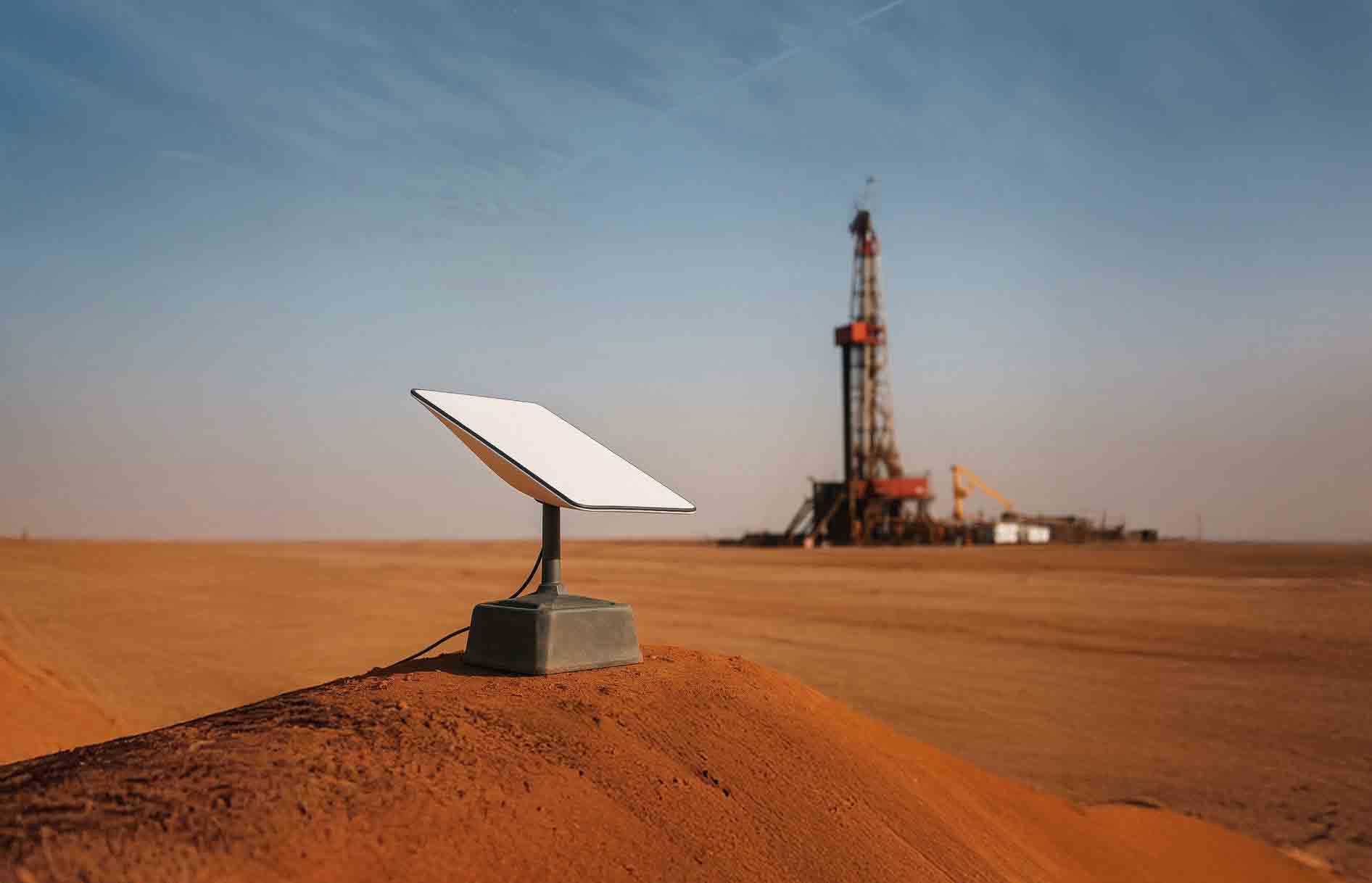Bahrain has officially joined the growing list of Middle Eastern countries offering access to Starlink, Elon Musk’s high-speed satellite internet service. The launch, confirmed in a post by Starlink on X (formerly Twitter), marks a significant milestone for SpaceX’s ambitious global internet rollout and comes just months after similar activations in Oman and Jordan.
This marks a pivotal development for Bahrain’s digital connectivity and for broader MENA digital transformation. While countries like the UAE and Saudi Arabia await regulatory clearance, Bahrain’s green light represents another strategic victory for SpaceX, positioning Starlink as a major player in the regional broadband ecosystem.
Starlink’s Middle East Expansion Strategy
The Starlink constellation has been strategically expanding across the Middle East and North Africa, targeting regions with underdeveloped infrastructure and high demand for reliable, low-latency broadband.
As of now, Starlink is operational in:
-
Oman (March 2025)
-
Jordan (April 2025)
-
Qatar
-
Yemen
-
Bahrain (June 2025)
According to Starlink’s website, Kuwait is also scheduled to come online in 2025.
While Starlink remains pending regulatory approval in the UAE and Saudi Arabia, Musk recently revealed during his visit to Riyadh that the service will soon be available in aviation and maritime sectors in the kingdom — a key market in Starlink’s business model due to its large geographic area and advanced aviation/maritime industries.
What Is Starlink and How Does It Work?
Starlink is a satellite internet constellation operated by SpaceX, designed to deliver broadband internet via low-Earth orbit (LEO) satellites — typically between 200km and 2,000km above the Earth.
For perspective:
-
International Space Station: ~408km
-
Hubble Space Telescope: ~547km
The idea is simple but revolutionary: instead of relying on terrestrial infrastructure like cell towers or fiber-optic cables, Starlink uses thousands of satellites to beam internet signals directly to user terminals, anywhere on Earth — even in remote deserts or on the open ocean.
How Fast Is Starlink Internet?
According to Starlink’s official documentation, users typically experience:
-
Download speeds: 25 Mbps to 220 Mbps
-
Most users: Over 100 Mbps
-
Planned max speed: Up to 1 Gbps
Latency is also impressively low, often clocking under 40ms, making it viable for video calls, streaming, and even online gaming.
With more than 7,100 active satellites in orbit and a target of 42,000, SpaceX aims to consistently improve coverage, bandwidth, and speed across all service areas.
Starlink vs 5G: Which Is Better?
One of the most frequent questions asked is: How does Starlink compare to 5G?
| Feature | Starlink | 5G Network |
|---|---|---|
| Speed | 25–220 Mbps (target: 1 Gbps) | 1–10 Gbps (theoretical max) |
| Latency | 20–50 ms | 1–10 ms |
| Availability | Global (even remote areas) | Limited to urban and suburban zones |
| Setup | Requires satellite dish | Requires cell tower coverage |
In essence, 5G is faster under ideal conditions, but Starlink excels where infrastructure is weak or non-existent — a game-changer for rural areas, marine travel, and remote workers.
How Much Does Starlink Cost?
Starlink’s pricing varies between personal and business plans. Here’s a breakdown based on US pricing, which may differ slightly for the Middle East:
🔹 Personal Plans:
-
Residential: $80 – $120/month
-
Roam (mobile use): $50 – $165/month (unlimited data)
🔹 Business Plans:
-
Local Priority: $65 – $540/month
-
Global Priority: $250 – $2,150/month
Hardware Costs:
-
Dish, router, cables: Starting at $349
While premium, the pricing is competitive when compared to marine or remote satellite alternatives — especially considering Starlink’s performance and simplicity of installation.
Special Use Cases: Aviation and Maritime
The MENA region — with its expansive coastlines, desert terrain, and business hubs — is ideal for Starlink’s aviation and maritime applications.
-
Saudi Arabia: Soon to support Starlink on aircraft and maritime fleets
-
UAE: In 2023, partnered with Elcome International, a Dubai-based marine electronics firm, to offer maritime internet services
This strategic move reflects how Starlink is not just for households — but for ships, yachts, oil rigs, and private jets.
Competition in the Satellite Internet Space
Starlink isn’t alone in this market. Key competitors include:
-
Viasat (since 1986)
-
HughesNet (since 1971)
-
Amazon’s Project Kuiper – recently launched 27 test satellites and plans global rollout
While Viasat and HughesNet have the legacy, and Amazon brings scale and cloud integration, Starlink currently leads in active deployment, speed to market, and performance metrics.
Why Bahrain’s Starlink Activation Matters
Bahrain, though small, is a technological hub with significant strategic value:
-
High urbanization = High internet demand
-
Tech-forward regulatory frameworks
-
Gateway for broader GCC internet integration
The country’s approval could be a signal to others in the region, particularly the UAE and Saudi Arabia, that Starlink has regional viability, both technically and commercially.
What’s Next for Starlink in the Middle East?
Expect Starlink to expand in phases across the region, based on regulatory progress and infrastructure partnerships. Here’s a likely timeline:
| Country | Status | Estimated Rollout |
|---|---|---|
| UAE | Pending regulatory approval | Possibly Q4 2025 |
| Saudi Arabia | Aviation/Maritime first | Mid to late 2025 |
| Kuwait | Coming soon | 2025 |
| Egypt | TBD | Unknown |
| Lebanon | TBD | Unknown |
Conclusion: Starlink’s Future in MENA Looks Bright
With Bahrain joining the network, Starlink is on a fast-track to reshape internet accessibility in the Middle East. It brings hope to underserved communities, boosts business potential in remote areas, and lays the foundation for a smarter, more connected region.
For now, residents of Bahrain can enjoy cutting-edge broadband from space — and the rest of the Gulf may not be far behind.
www.yallatv.ae





